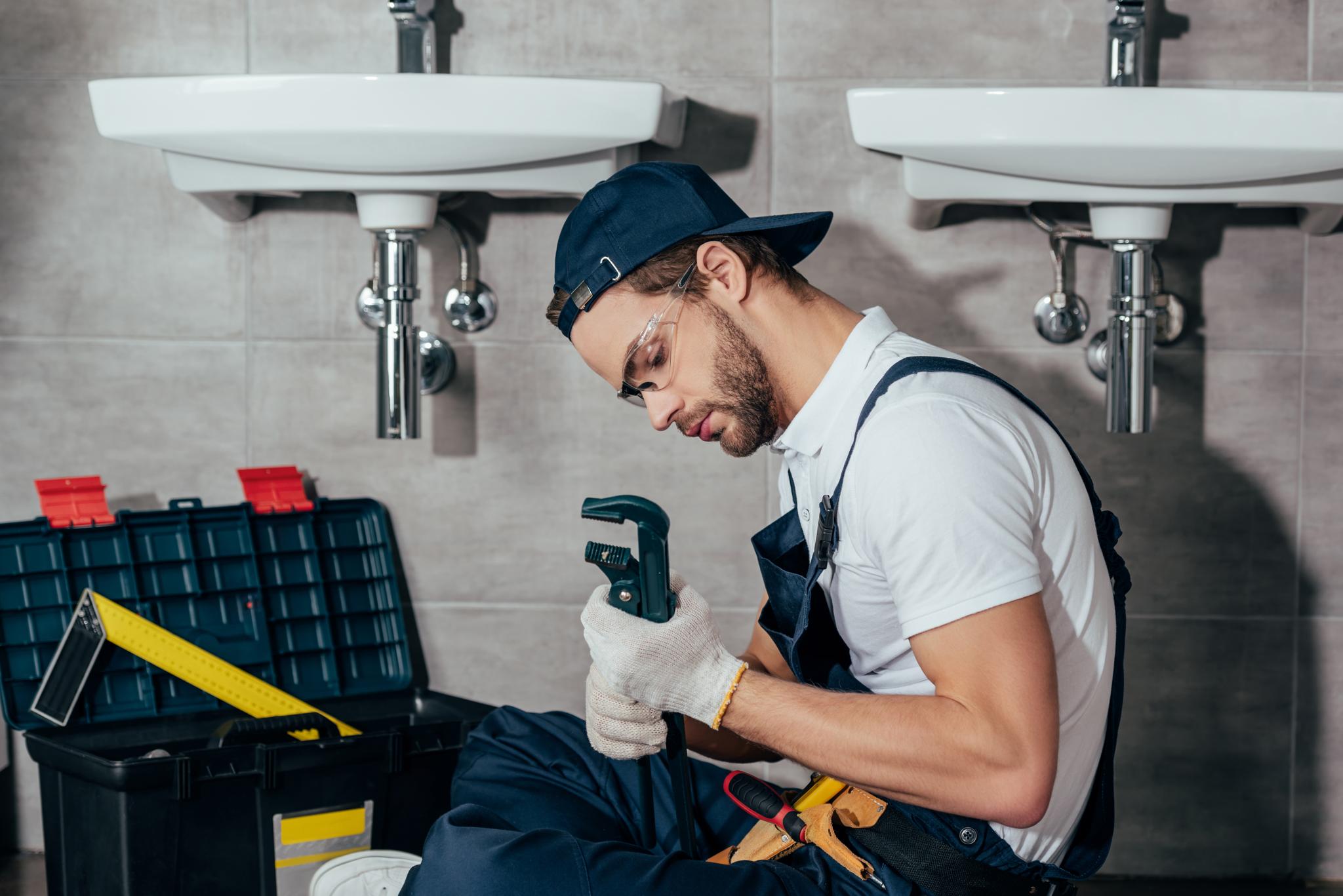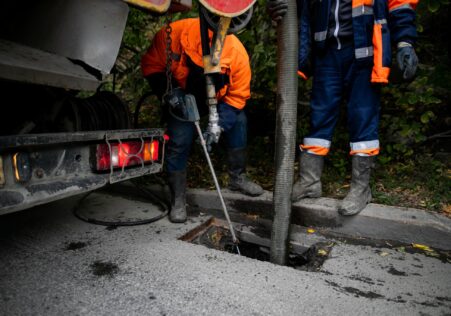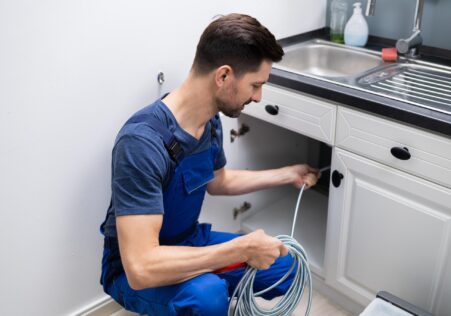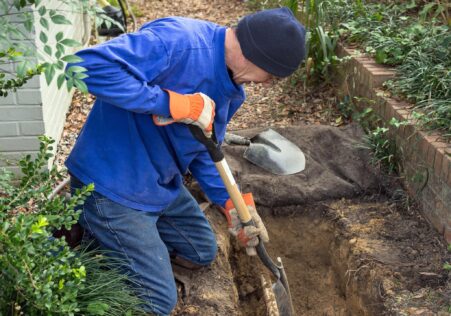How to Choose the Right Pipe Relining Material for Your Home
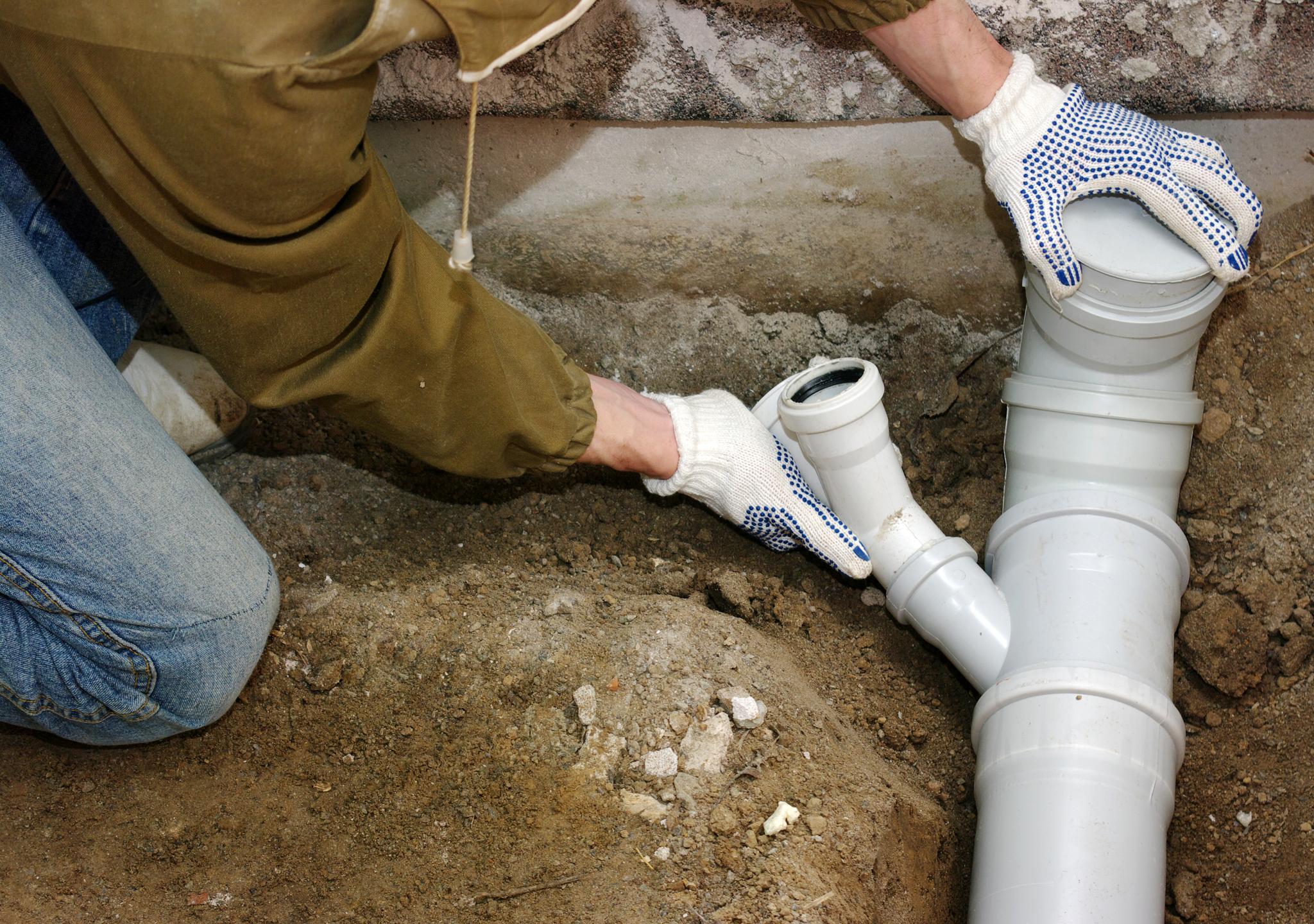
Keeping your home’s plumbing in good order is essential, but the pipes can wear out over time. The most common method for replacing them is digging into and removing old pipes. This process can be a hassle and costly. Relining pipes is an alternative that is more cost-effective and convenient option.
Key Takeaways
- Relining pipes is an affordable alternative to traditional pipe replacement methods
- Choosing the right material for pipe relining is essential to its effectiveness and long-term durability.
- The factors to consider when selecting materials for pipe relining include the conditions, flow capacity, durability, costs, and maintenance
- The types of materials used for pipe relining include Cured in-Place-Pipe (CIPP), Fiberglass Pipe Lining and Cast Iron Pipe Lining.
- Relining pipes results in a new "pipe within a pipe" which can restore complete functionality without removal of existing pipes.
There are a myriad of types of pipe relining materials available, it’s crucial to choose the best one. This guide will help you comprehend what to look for when selecting the right pipe relining material that suits your needs and budget.
What exactly is Pipe Relining?
Before we dive into the process of selecting the correct pipe Relining material, let’s explain what it is.
Pipe relining is a procedure which involves the installation of an epoxy liner inside damaged or degraded sewer lines, water mains or other underground pipes systems to stop the infiltration of roots and leaking. It is basically creating a new "pipe inside a pipe" that helps to restore full functionality without requiring the removal of existing pipes.
The advantages of pipe relining include:
- Minimizes excavation works
- Reduces costs associated with traditional methods
- More hygienic than excavation
While there are many advantages selecting the right material for the lining is crucial when it comes to effectiveness and longevity.
The Factors to Consider When Selecting Pipe Relining Materials
- Environmental: A single of essential things that you must take into consideration when choosing the material for your pipe liner should be the surrounding. The external surroundings determine the strength of the liner is protected from any impacts such as chemicals, humid conditions among others.
- The capacity of a flow: A capacity for flow would refer to the volume of liquid that flows smoothly throughout your plumbing after you have installed new liners.
- Durability: Durability is a measure to determine how long it will last against difficult environments such as excess moisture levels, chemicals among other extreme conditions.
Costs
Additional Information
- Save Money with These Simple Drain Maintenance Techniques
- Why CCTV Drain Inspection is Essential for Maintaining Clean and Healthy Environment?
- The Importance of CCTV Drain Inspections in Preventing Expensive Property Damage
- Keeping Costly Drain Repairs at Bay with Routine Inspections
- Get Ready for Your Close-up: Tips on How to Prepare for a CCTV Inspection of Your Drains
- Why Pipe Relining is a Cost-Effective Solution for your Business’ Plumbing Issues?
- The Importance of Regular Pipe Relining for Homeowners
- A Comprehensive Comparison of Pipe Relining and Pipe Replacement
- The Benefits of CCTV Drain Inspection: Beyond Unclogging Pipes
- Say Goodbye to Messy Plumbing Repairs with Trenchless Pipe Relining


